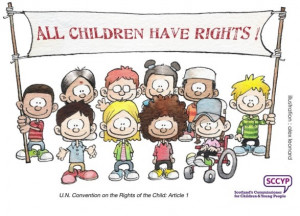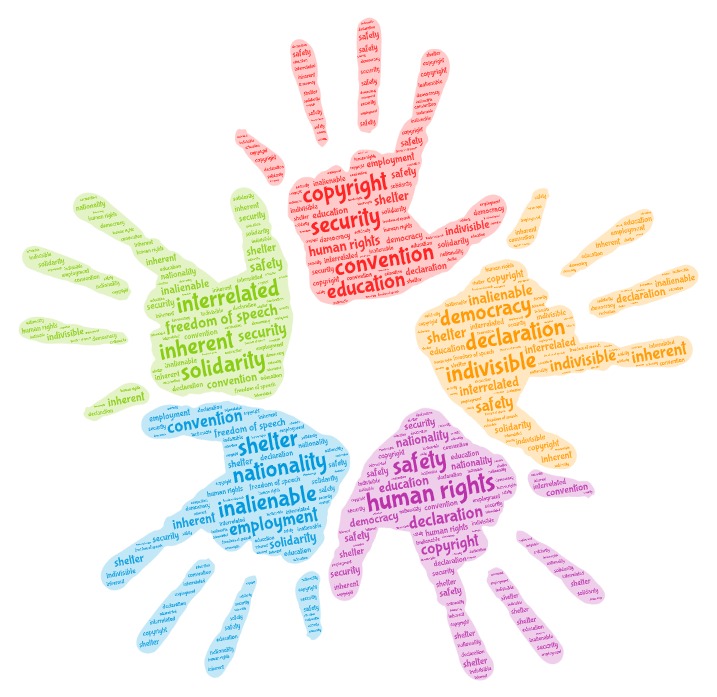 https://schoolpress.sch.gr/ourprojects/files/2020/02/Childrens-Rights.pdf
https://schoolpress.sch.gr/ourprojects/files/2020/02/Childrens-Rights.pdf
- The child is a human being with rights and dignity.
- What characterizes the child, it is his youth and vulnerability.
- The child is growing, a future adult, who has no means to protect himself.
- So, the child has to be the object of a particular interest and a specific protection.
There are four general principles that underpin all children’s rights:
- Non-discrimination: all children have the same right to develop their potential in all situations and at all times. E.g. Every child should have equal access to education.
- The best interests of the child must be “a primary consideration” in all actions and decisions concerning a child, and must be used to resolve conflicts between different rights.
- The right to survival and development underscores the vital importance of ensuring access to basic services and to equality of opportunity for children to achieve their full development. E.g. A child with a disability should have effective access to education and health care.
- The views of the child mean that the voice of the child must be heard and respected in all matters concerning his or her rights.
Too many children still do not enjoy their full rights on par with their peers.
The world needs new ideas and approaches, and the Convention must become a guiding document for every human being in every nation.

